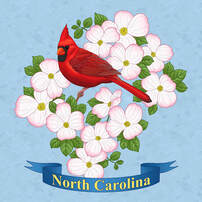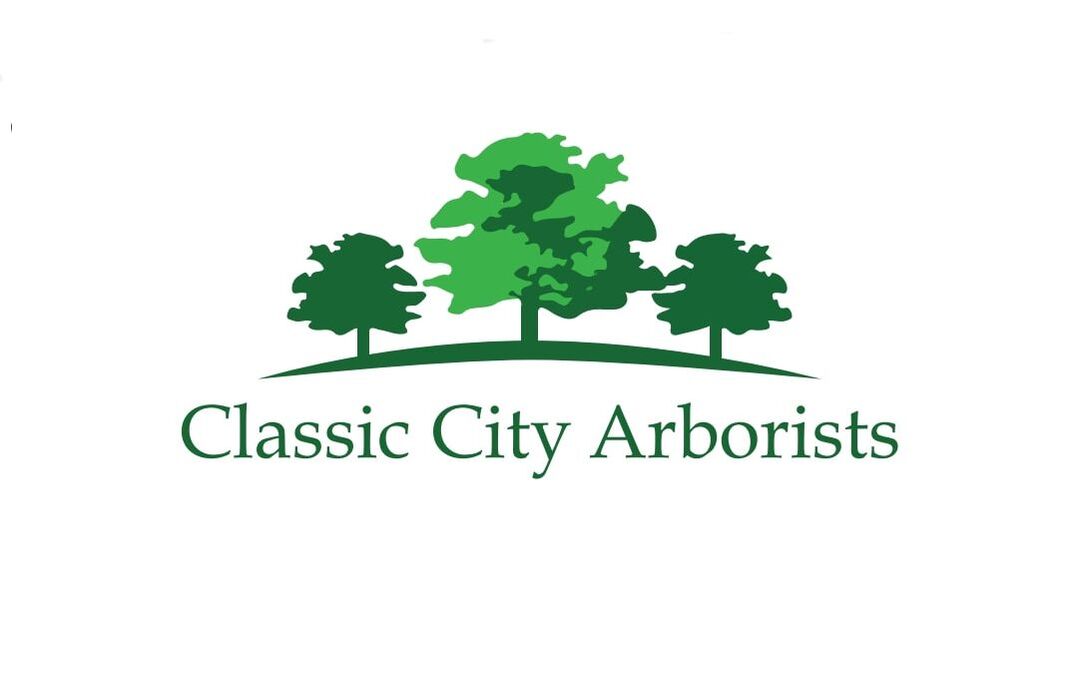|
News and Blog Articles
|
|
Our newest Tree of the Month is, in our humble opinion, one of the prettiest trees we’ve ever seen: the flowering dogwood. Also known as the Florida dogwood, St. Peter’s Crown, and just plain-old Dogwood, Cornus florida is most well-known for its large, showy “flowers.” We put that in quotations because what most people would consider the dogwood’s flower is actually four bracts, or modified leaves. These four bracts can be stark white to deep pink in color, and usually have a dimple on their outer edge that causes them to curl into a point. The true flowers of the dogwood are the little green clusters in the center of the four bracts, often mistaken for stamen or pollen pods. From one end to the other, the bracts measure around 3 inches long on average, making them larger than most tree flowers. As the “flowers” of the dogwood are actually bracts, they last much longer than typical flowers do, and can bloom as long as May all the way through October. In addition to this long flowering season, dogwoods also offer beautiful color displays throughout the year, making them a favorite of landscapers and homeowners alike. Long, handsome dark-green leaves herald in the warmer months prior to flowering season. In the fall, these leaves change to brilliant scarlet reds and deep mahogany purples. Small, glossy-red berries offer more months of color, and attract a range of winter birds and small animals. And when the tree is fully bare, the pretty speckled bark is revealed. Dogwoods can naturally be both single- and multi-trunked, and with a little cultivating, you can encourage your tree to either. Typically, dogwoods grow as wide as they do tall, with a full, spreading crown of nearly horizontal branches. Most dogwoods will stay on the smaller side, reaching heights between 20 and 30 feet tall (though some have been recording surpassing 40 feet!). When it comes to caring for these native trees, dogwoods are relatively low-maintenance. They are both heat- and cold-tolerant, so they can handle the scorching summers and occasional freezes of the South. On a regular day, they prefer partial shade, which means around 4 hours of direct sunlight. Though the roots need to be kept cool and moist, the tree itself doesn’t need constant watering. The best way to help out a dogwood is by adding a few inches of mulch around the base to protect the roots from drying out. Otherwise, the natural rain patterns and sun levels of Georgia will get the job done. If you’re thinking of planting your own flowering dogwood, be sure to keep its sun requirements in mind, but there isn’t much else to worry about otherwise. In the wild, flowering dogwoods are often found growing beneath larger forest trees. Their root systems don’t mind sharing, and their growth pattern can accommodate height restrictions. As a bonus, these trees have a moderate growth rate of 13 to 24 inches a year, so you won’t have to wait too long to enjoy those gorgeous “flowers!” AuthorEmily Casuccio is sister and sister-in-law to Rebekah and Scott Rushing, and has over half a decade of experience in copywriting, copyediting, proofreading, and developmental storyboarding. She's worked with both published and undiscovered authors on both fiction and nonfiction, and takes pride in supporting local businesses. Her passion lies in the written word and helping authors of all capacities realize their dreams and achieve their fullest potential. To learn more about her, read samples of her work, or contact her, visit her online portfolio.
0 Comments
Your comment will be posted after it is approved.
Leave a Reply. |
Categories
All
Archives
January 2023
|
|
23 Whatever you do, work at it with all your heart, as working for the Lord, not for human masters,
24 since you know that you will receive an inheritance from the Lord as a reward. It is the Lord Christ you are serving.
Colossians 3:23-24
24 since you know that you will receive an inheritance from the Lord as a reward. It is the Lord Christ you are serving.
Colossians 3:23-24


